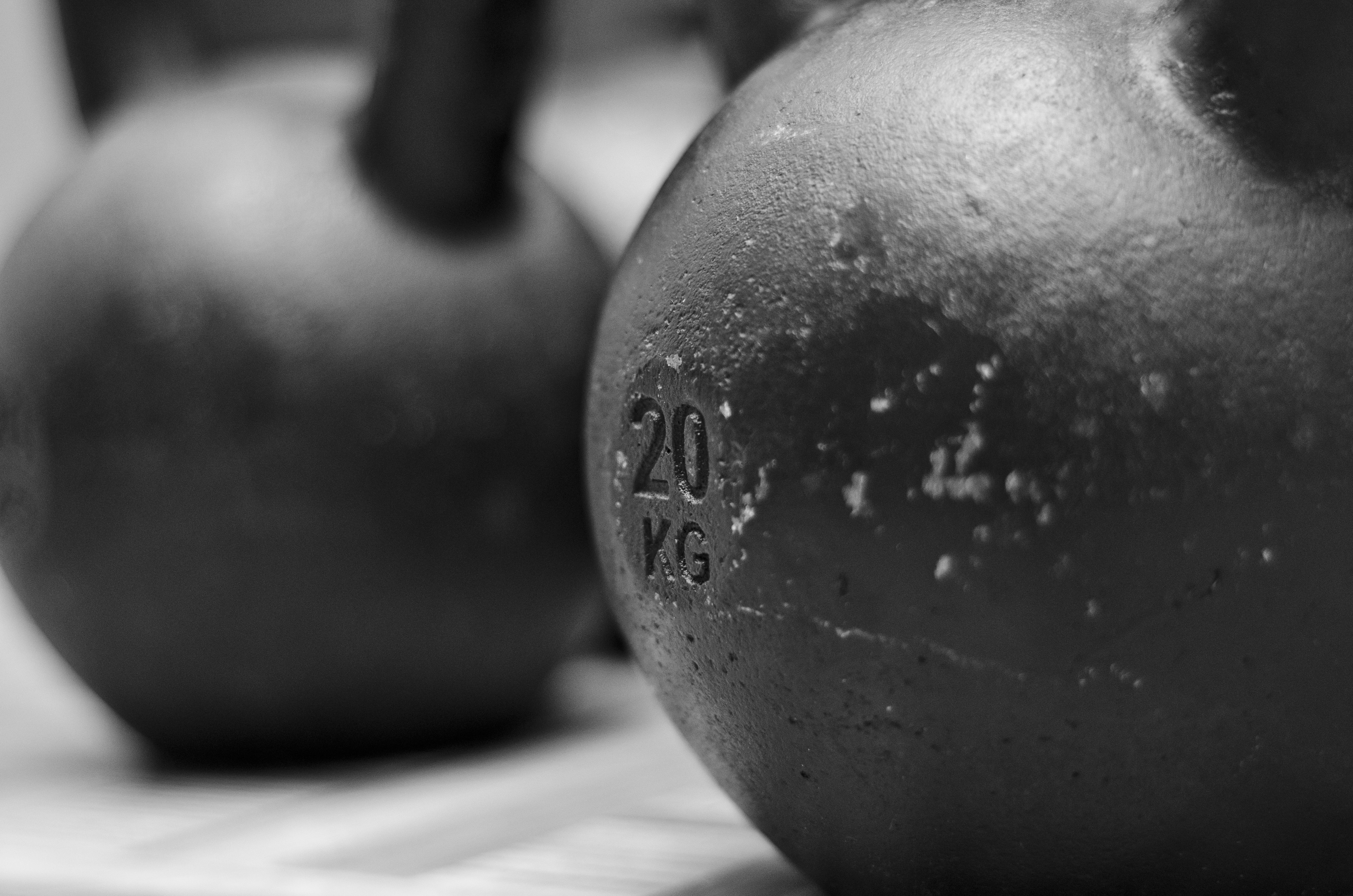On November 16 I conducted a workshop at Texas Woman’s University dealing with lifestyle diseases, programming aerobic exercise, and a hand’s on about the power snatch exercise.
With regards to lifestyle diseases, the presentation was organized around what does the strength and conditioning practitioner need to know. The presentation dealt with the following lifestyle diseases:
• Cardiovascular disease
• Type II diabetes
• Chronic obstructive pulmonary disease (COPD)
Cardiovascular Disease
The CV disease presentation began as a high-level overview of hypertension, angina, and myocardial infarctions (i.e. what is going on during these conditions, why are they “bad,” etc.). After that, I began what I call my “devil’s advocate” part of the workshop. I began this by covering the reductionist versus systems biology approach to cardiovascular disease. The idea behind the reductionist approach is that if you hold everything else equal, addressing one or two variables will result in better outcomes with regards to disease. The systems biology approach says that things are a lot more complicated than this and there is a really complex interaction between genetics, environment, and these variables – i.e. the whole is a lot greater than the sum of the parts. To demonstrate this point, I covered literature from the August issue of the Journal of the American Heart Association which unintentionally reinforced this point. We finished this topic by learning how to read ECG strips to determine normality and how to determine (in general) what is going on if the strip isn’t normal.
Type II Diabetes
The strength and conditioning professional needs an understanding of what is going on with this population in order to safely and effectively program for them. This is one group that really benefits from strength training, but it needs to be done safely. In this workshop, I covered why we need to be thinking about training at a lower intensity, being careful of weightbearing exercises (at least initially), and why we need to be avoiding Valsalva maneuvers.
COPD
I’m fortunate that I have a review article coming out in 2013 on COPD and strength training. I was able to share how truly complex this disease and its effects is. This is another population that benefits from strength training, but practitioners need to take both the physiological and psychological barriers into account.
The next part of the workshop covered how to program aerobic exercise from an aerobic athlete’s standpoint. Much of the information that we receive on this topic is overlysimplistic and boring (i.e. train at x% of maximal oxygen consumption for x number of minutes). I covered the pro’s, con’s, and uses for long slow distance training, Fartlek training, interval training, and repetitions.
Finally, we ended the workshop with a hand’s on session on the power snatch exercise. I taught this exercise by initially teaching two positions: the hang from mid-thigh position and the overhead squat (i.e. the beginning and the end of the lift). Then I covered how to exercise the pull from the hang. I like to teach the pull in the following steps:
1. Slow motion; extend your hips, rise on your toes, shrug your shoulders up. Keep the bar close to your body.
2. Jump and shrug: again, keep the bar close to your body.
3. Jump and shrug without leaving the ground.
At that point we put everything together (start + pull + receive the bar). Once the lift can be done from this position; I teach it from knee height, below the knee height, then the floor. I also try to make professionals understand that if you can do this lift with the barbell, you can quickly master other variations of it (split, dumbbell, and kettlebell).



